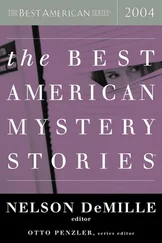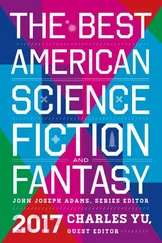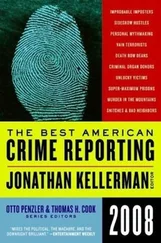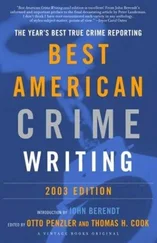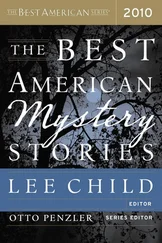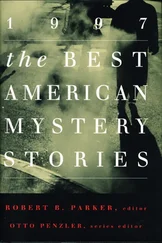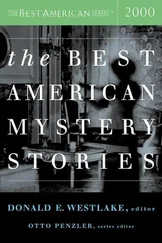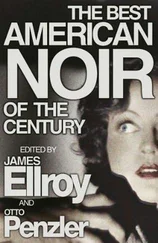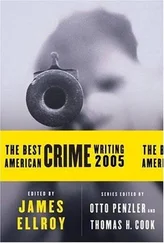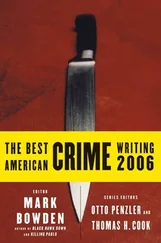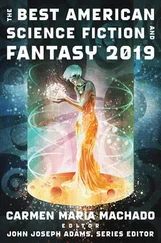Dano’s mother-Joanne Cicciaro, a primary-school E.S.L. teacher who had grown up in Suffolk County-said she was extremely disappointed that the grand jury had declined to indict John White for murder. Daniel Cicciaro, Sr., told a reporter, “Here this man points his gun at the boys and says, ‘I’m going to shoot.’ He says it three times. Then he shoots my son. To me, that’s intentional murder.” On the other hand, some of White’s strongest supporters-people like Lucius Ware, the president of the Eastern Long Island branch of the N.A.A.C.P., and Marie Michel, a black attorney who joined the defense team-believed that if a white homeowner in Miller Place had been confronted late at night by five hostile black teen-agers there would have been, in Marie Michel’s words, “no arrests, no indictment, and no trial.” The homeowner would have been judged to have had “a well-founded fear,” they thought, and if the justice system dealt with the incident in any way it would have been to charge the boys with something like breach of the peace or aggravated harassment (“What were they doing in that neighborhood at that time of night?”). For that matter, these supporters would argue, would Dano have “freaked out” if the male accused of wanting to rape Jenny Martin hadn’t been black? Wouldn’t teen-agers spoiling for a fight have dispersed if a white father walked out of the house, with or without a gun, and told them in no uncertain terms to go home? In other words, before a word of testimony had been heard, some people attending the trial of John White believed that in a just world he would have been on trial for murder instead of only manslaughter, and some believed that in a just world he wouldn’t have been on trial at all.
THE ARTHUR M. CROMARTY Court Complex is set apart from Riverhead, the seat of Suffolk County, on a campus that seems to be mostly parking lots-a judicial version of Long Island shopping malls. Those who were there to attend John White’s trial, which began just after Thanksgiving, seemed to be roughly separated by race, on opposite sides of the aisle that ran down the center of the courtroom’s spectator section. That may have been partly because the room was small and on many days the prosecution’s supporters, mostly Cicciaro relatives and young friends of Dano’s, nearly filled half of it. Dano, Jr.,’s parents did not sit next to each other-they had separated before their son’s death-but they came together as a family in hallway huddles of supporters and in speaking to the press. The people who stood out on their side of the courtroom were a couple of friends of Daniel Cicciaro, Sr., who also had shaved heads, but with modifications that included a scalp tattoo saying “Dano Jr.” Although they looked menacing, both of them could be described as designers: one is a detailer, specializing in the fancy painting of motorcycles; the other does graphic design, specializing in sports uniforms.
People on the Cicciaro side might have felt some menace emanating from the phalanx of black men, all of them in suits and ties and many of them offensive-tackle size, who escorted Aaron White (wearing a bulletproof vest) through the courthouse on the first day of his testimony and then took seats across the aisle, near some women from John White’s church choir. The escorts were from an organization called 100 Blacks in Law Enforcement Who Care. On that first day, their ranks were augmented by members of the Fruit of Islam, wearing their trademark bow ties, although the black leader called to mind by John White’s life would probably be Booker T. Washington rather than Louis Farrakhan. As it turned out, there was no overt hostility between those on either side of the courtroom aisle, and, at the end of testimony, the Cicciaros made it clear that they would accept any decision the jury brought in-none of which, Joanne Cicciaro pointed out, would bring their son back. Talking to a Newsday reporter after the trial about prejudice, Daniel Cicciaro, Sr., maintained that bias existed toward what some people called skinheads. “Don’t judge a book by its cover,” he said.
The four boys who accompanied Dano Cicciaro to Aaron White’s house that night are all car enthusiasts who now hold jobs that echo their high-school hobby. Alex Delgado does maintenance on race cars. Joseph Serrano is a motorcycle mechanic. Tom Maloney, who drove the Mustang Cobra, sells Volkswagens. Anthony Simeone works for his father’s auto-salvage business. Among those who testified that they’d tried to prevent Dano from going to the Whites’ house were Alex Delgado, who drove him there, and Joseph Serrano, who brought along a baseball bat. (“He’s stubborn,” Anthony Simeone had explained to the grand jury. “When he wants to do something, he wants to do it.”) Although there had been testimony that Dano Cicciaro used the word “nigger” once or twice in the cell-phone exchange with Aaron White, his friends denied using racial slurs at 40 Independence Way. (With the jury out of the courtroom, Paul Gianelli brought up an incident that had been investigated by the police but not included in the notes and reports that they are required to turn over to the defense: according to two or three witnesses, Daniel Cicciaro had gone to Sayville Ford with a complaint a few weeks before he was shot and, when approached by a black salesman, had said, “I don’t talk to niggers.” The judge wouldn’t admit that into evidence, but the headline of the next day’s Newsday story was “ATTORNEY: COPS HID MILLER PLACE VICTIM’S RACISM.”) The friends who’d gone with Dano, Jr., to the Whites’ house that night testified that after John White’s gun was slapped away, he raised it again and shot Dano in the face. As they described how Dano Cicciaro fell and how he’d been lifted from the street by Tom Maloney and rushed to the hospital, there were occasional sobs from both Joanne and Daniel Cicciaro.
Dano’s friends had said that both of their cars were in the street facing north, but the Whites testified that one was in their driveway, with the lights shining up into the house-a contention that the defense bolstered by analyzing the headlight reflections on the orthodontist’s mailbox in the surveillance tape. The boys testified that they’d never set foot on the Whites’ property-that contention was bolstered by pictures showing Dano’s blood and his cell phone in the street rather than in the driveway-but the Whites claimed that the boys had been advancing toward the house. “They came to my home as if they owned it,” Sonia White said on the stand. “What gall!”
John White testified that, believing the young men had come to harm his family, he backed them off his property with Napoleon White’s old pistol. In the frenzy that followed his abrupt awakening, he said, he had yelled, “Call the cops!” to his wife as he raced into the garage, but she hadn’t heard him. He described Dano Cicciaro and his friends as a lynch mob shouting, among other things, “We could take that skinny nigger motherfucker.” Recalling that evening, White said, “In my family history, that’s how the Klan comes. They pull up to your house, blind you with their lights, burn your house down. That’s how they come.” In White’s telling, the confrontation had seemed over and he was turning to go back into the house when Dano Cicciaro grabbed the gun, causing it to fire. “I didn’t mean to shoot this young man,” John White said. “This young man was another child of God.” This time, it was John White who broke down, and the court had to take a recess. One of the jurors was also wiping away tears.
TO CONVICT SOMEONE OF SECOND-DEGREE manslaughter in the state of New York, the prosecution has to prove that he recklessly caused the death of the victim-“recklessly” being defined as creating a risk so substantial that disregarding it constitutes “a gross deviation from the standard of conduct that a reasonable person would observe”-and that he had no justification. In its decision in the case of Bernard Goetz, the white man who in 1984 shot four young black men who had approached him on the subway demanding money, the New York Court of Appeals, the highest court in the state, ruled that justification could have a subjective as well as an objective component-fears raised by the defendant’s past experiences, for instance. By bringing up the history that White’s family had with the Klan, the defense team raised a subjective component of justification, along with the objective component of home protection. “We are all products of our past,” Paul Gianelli said of his client during one of the breaks in the trial. “He brought to that particular evening who he is.” The defense was making a case for, among other things, the power of race memory.
Читать дальше

